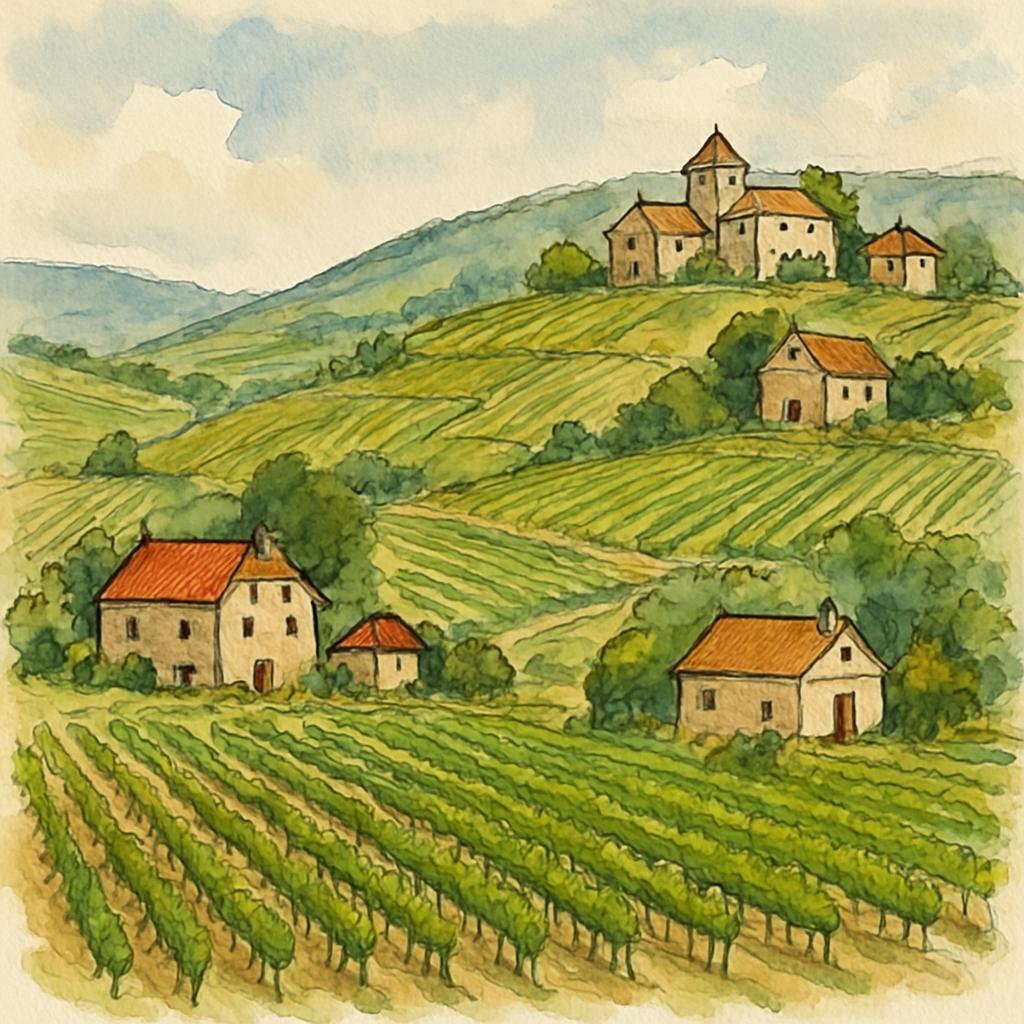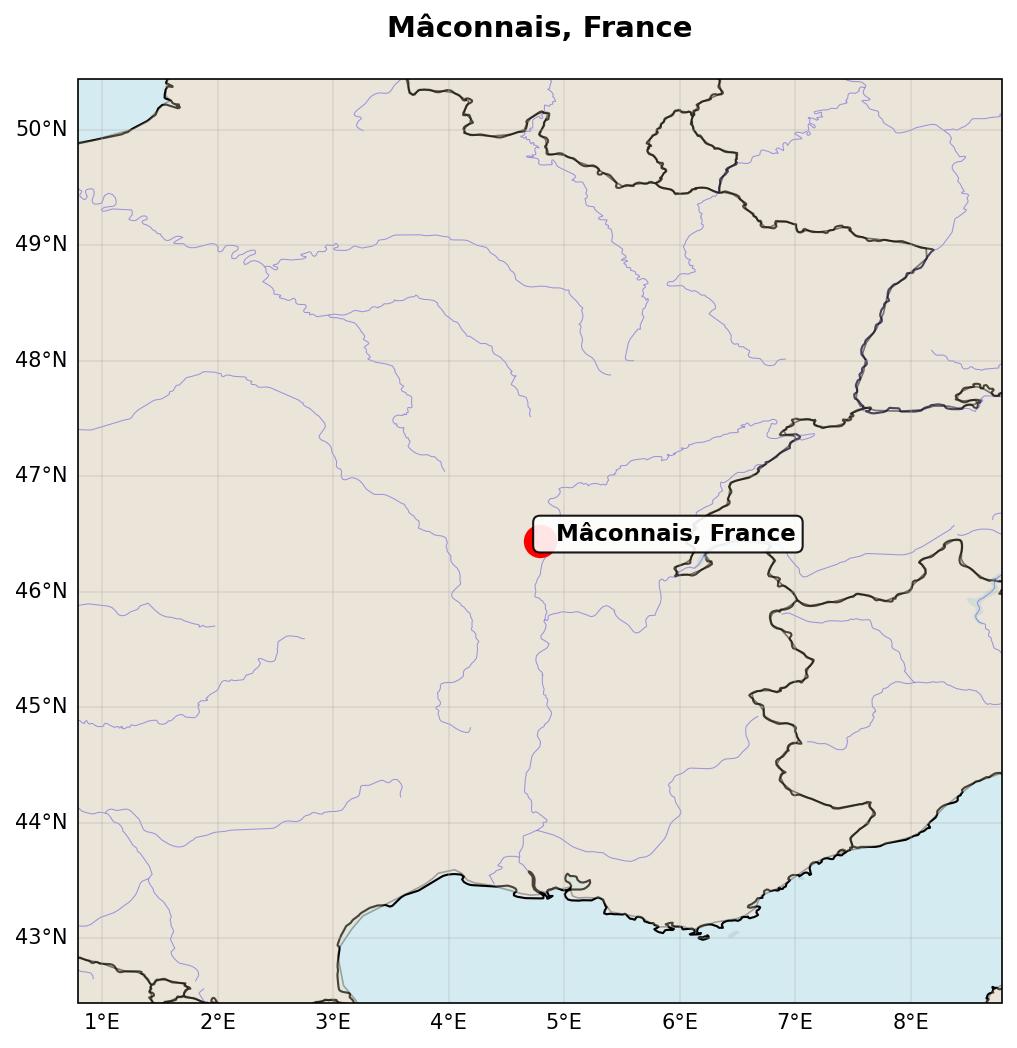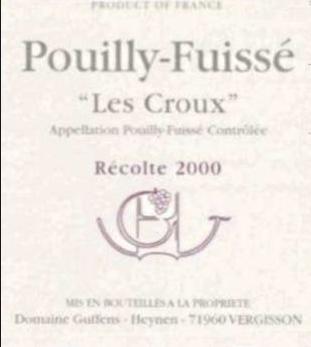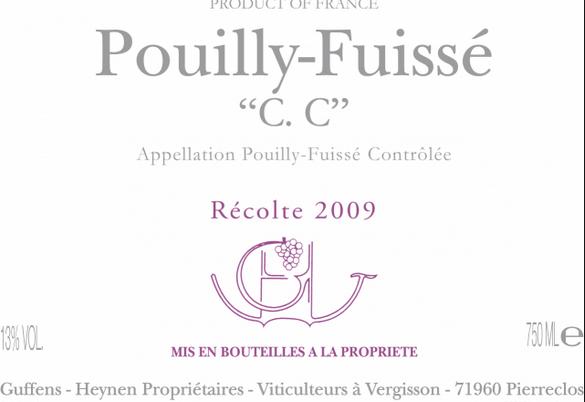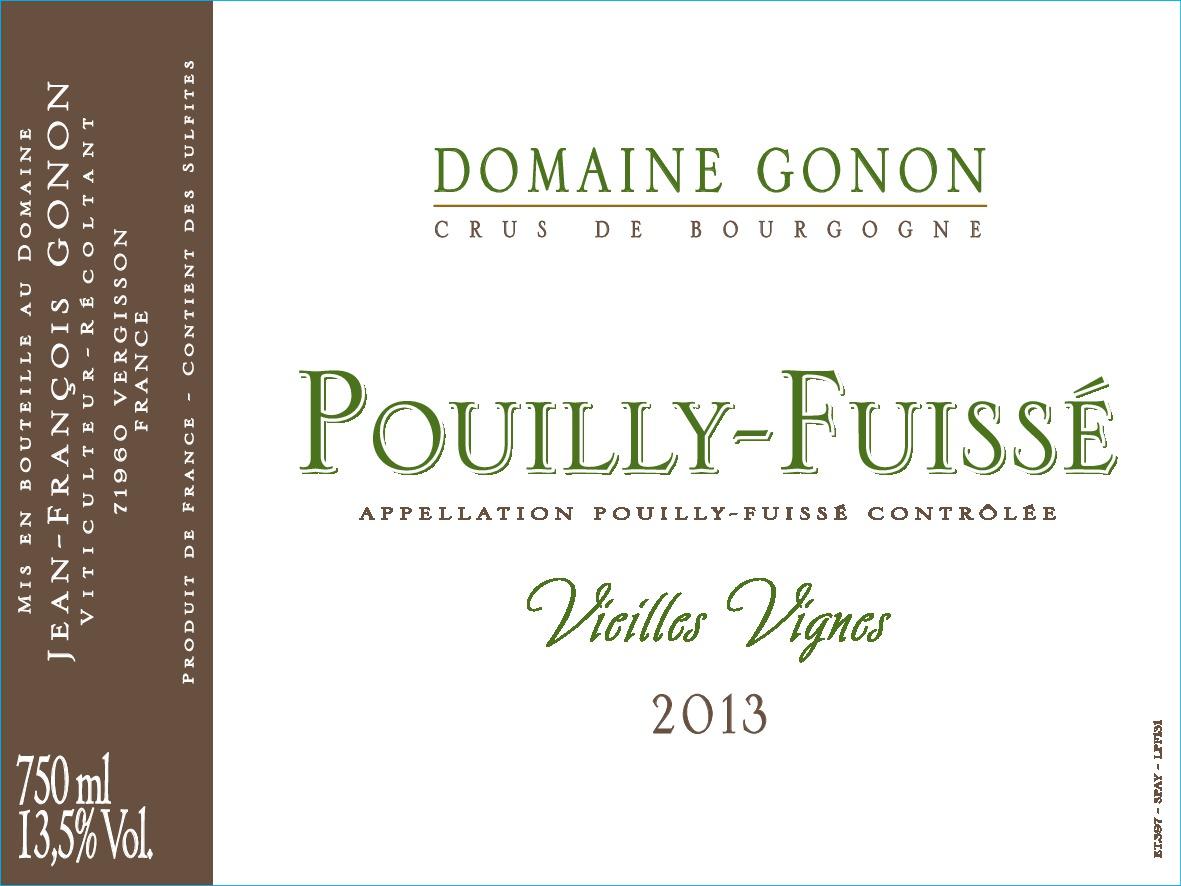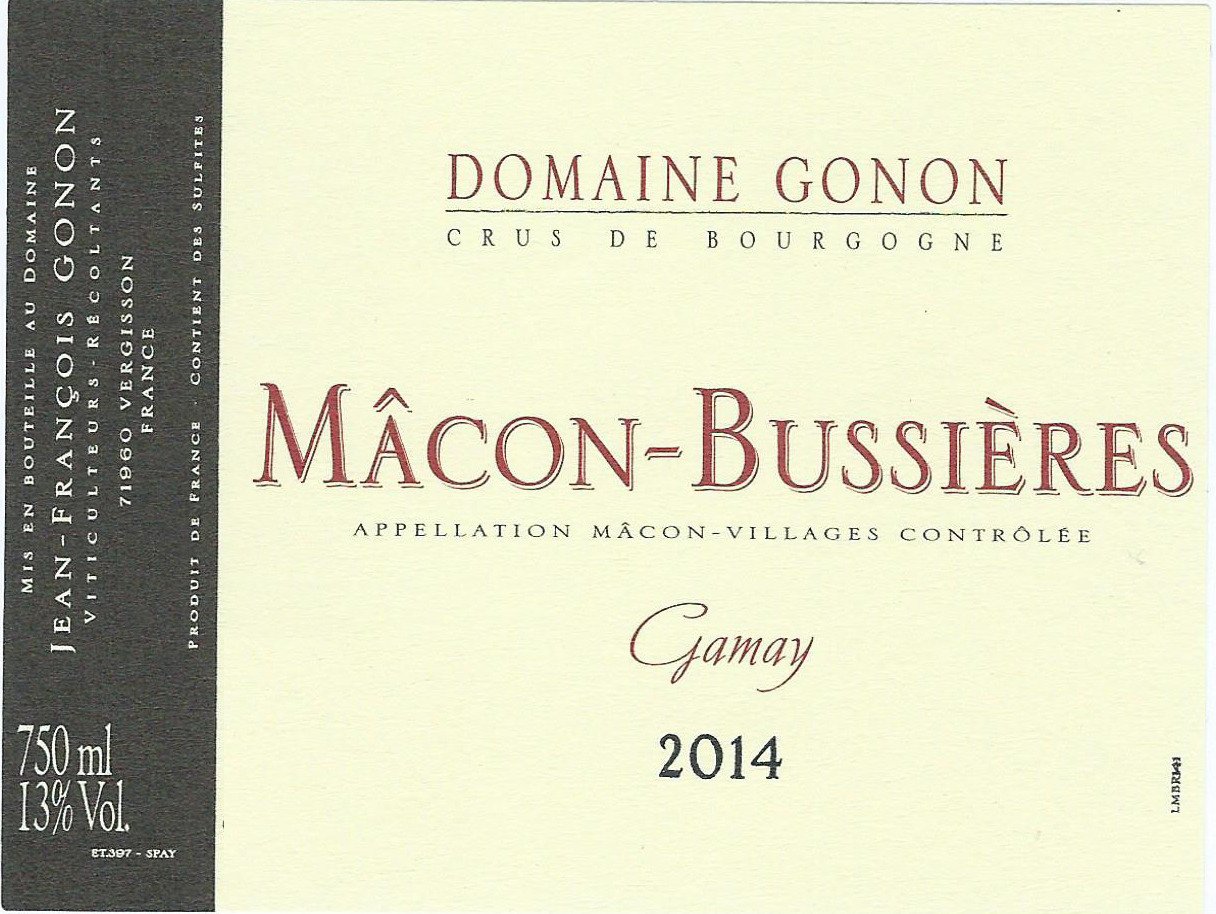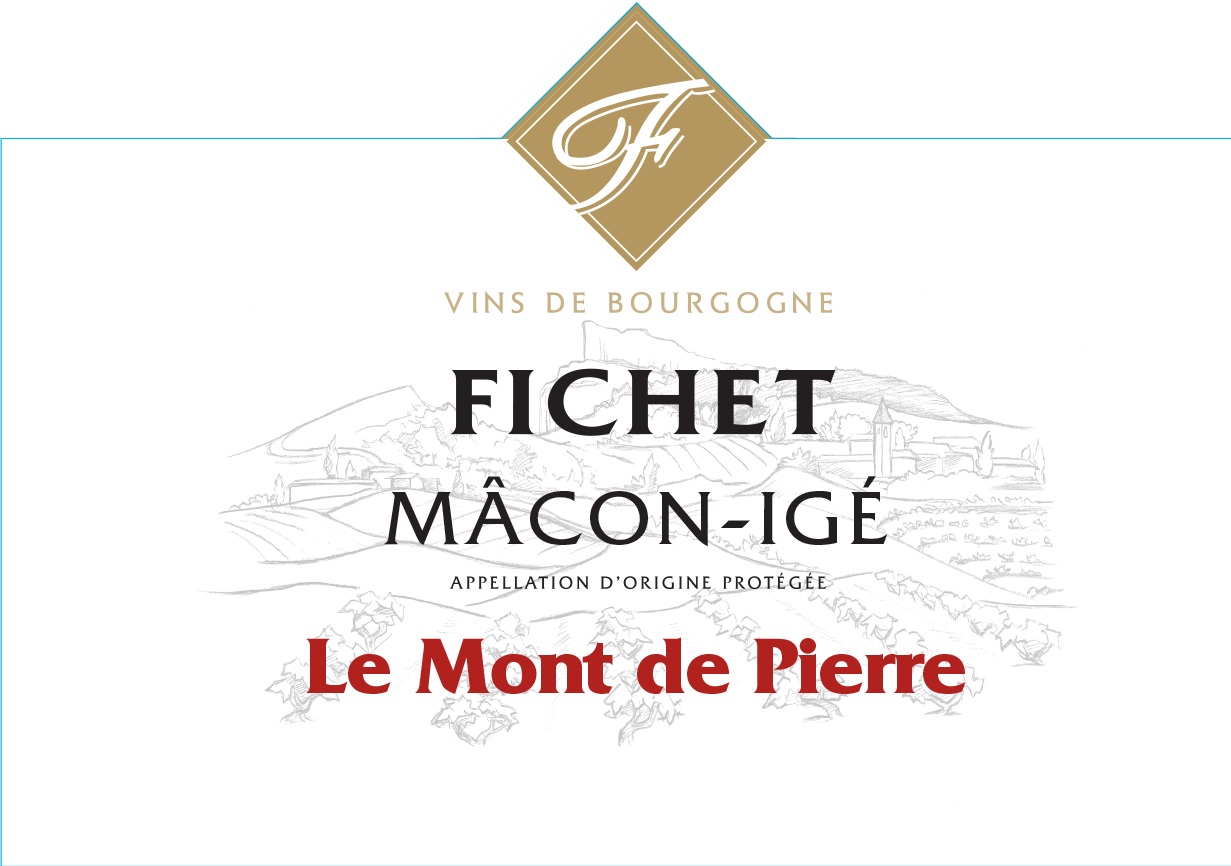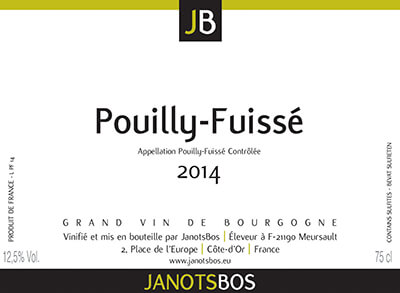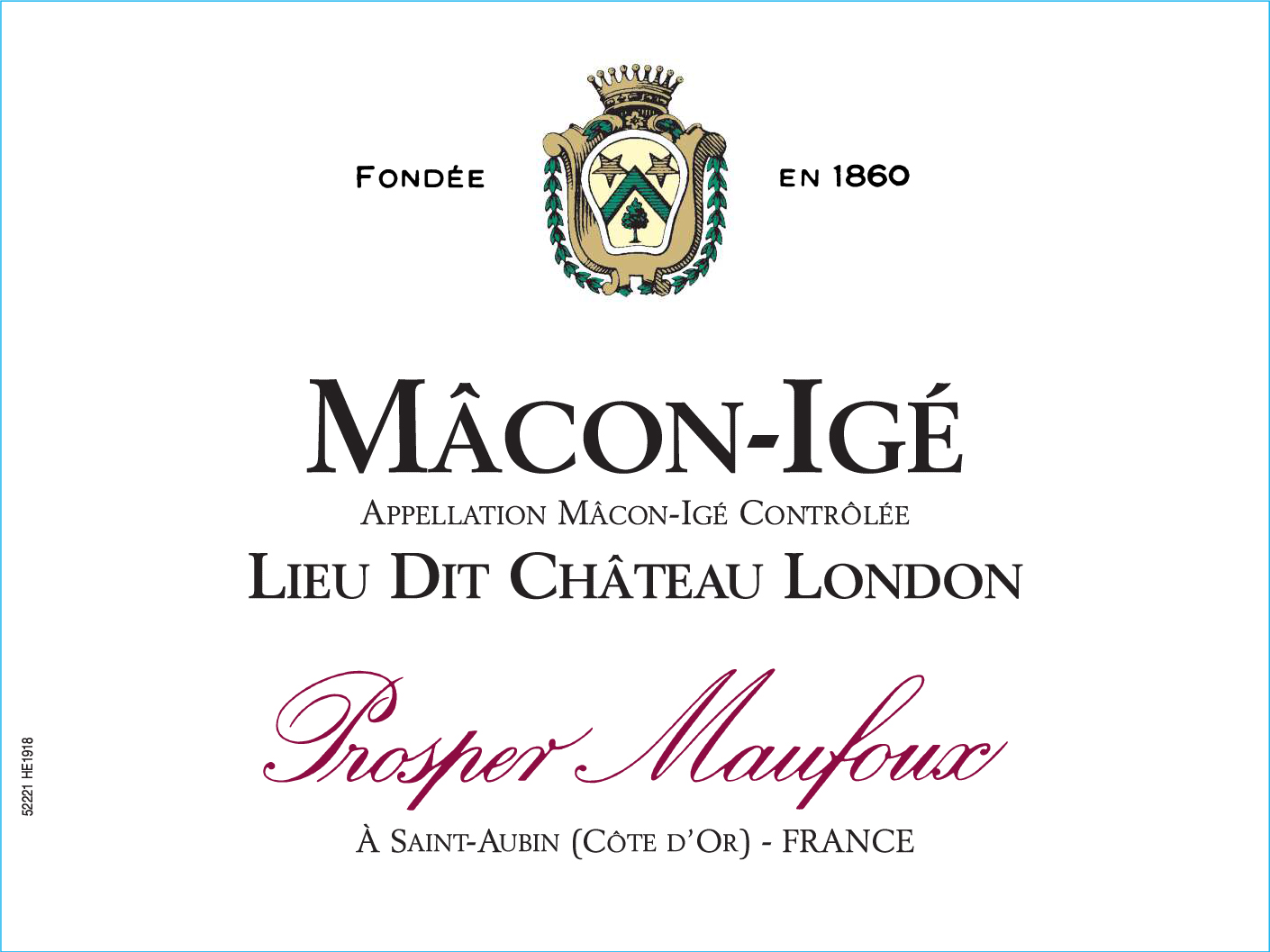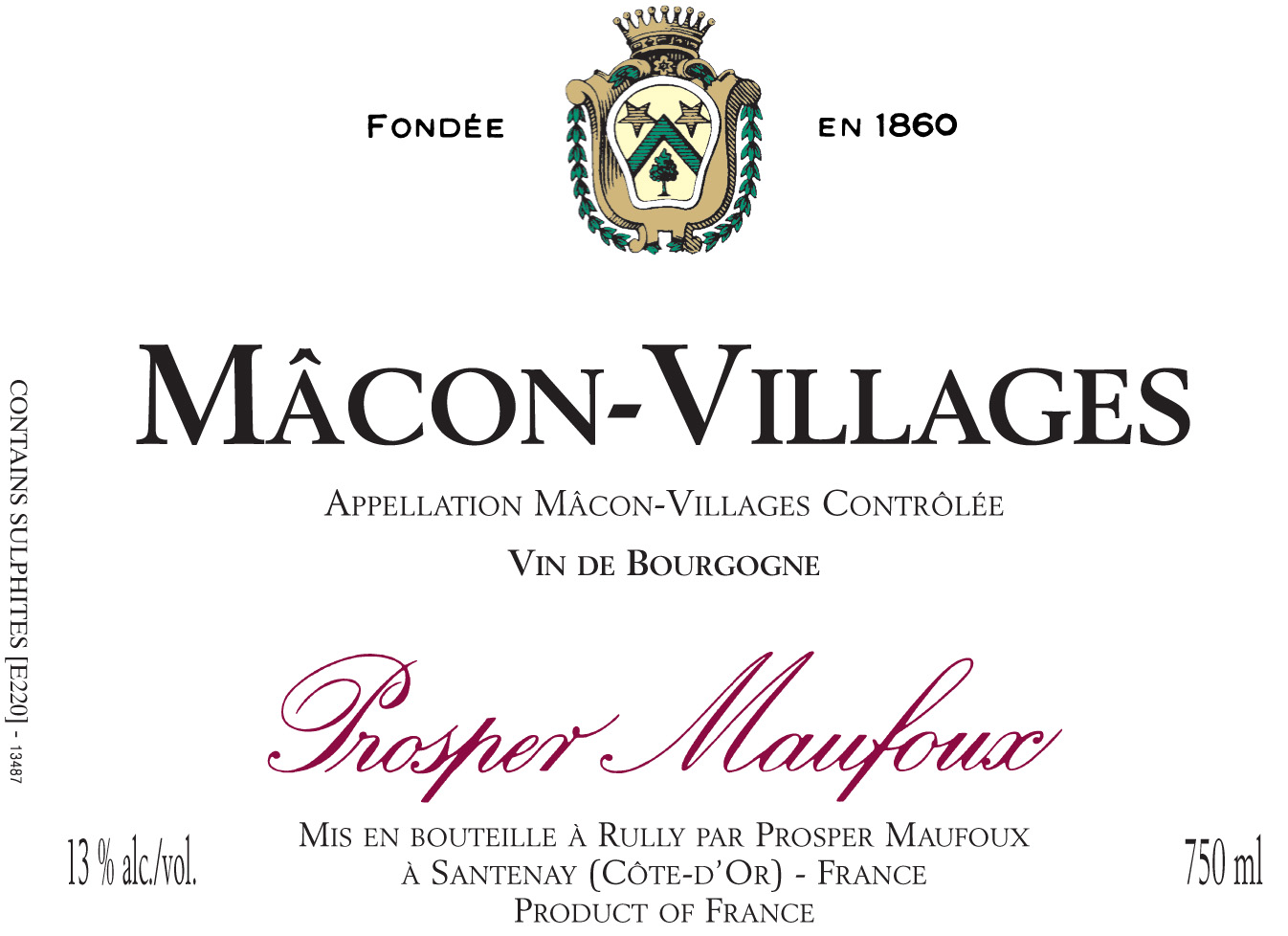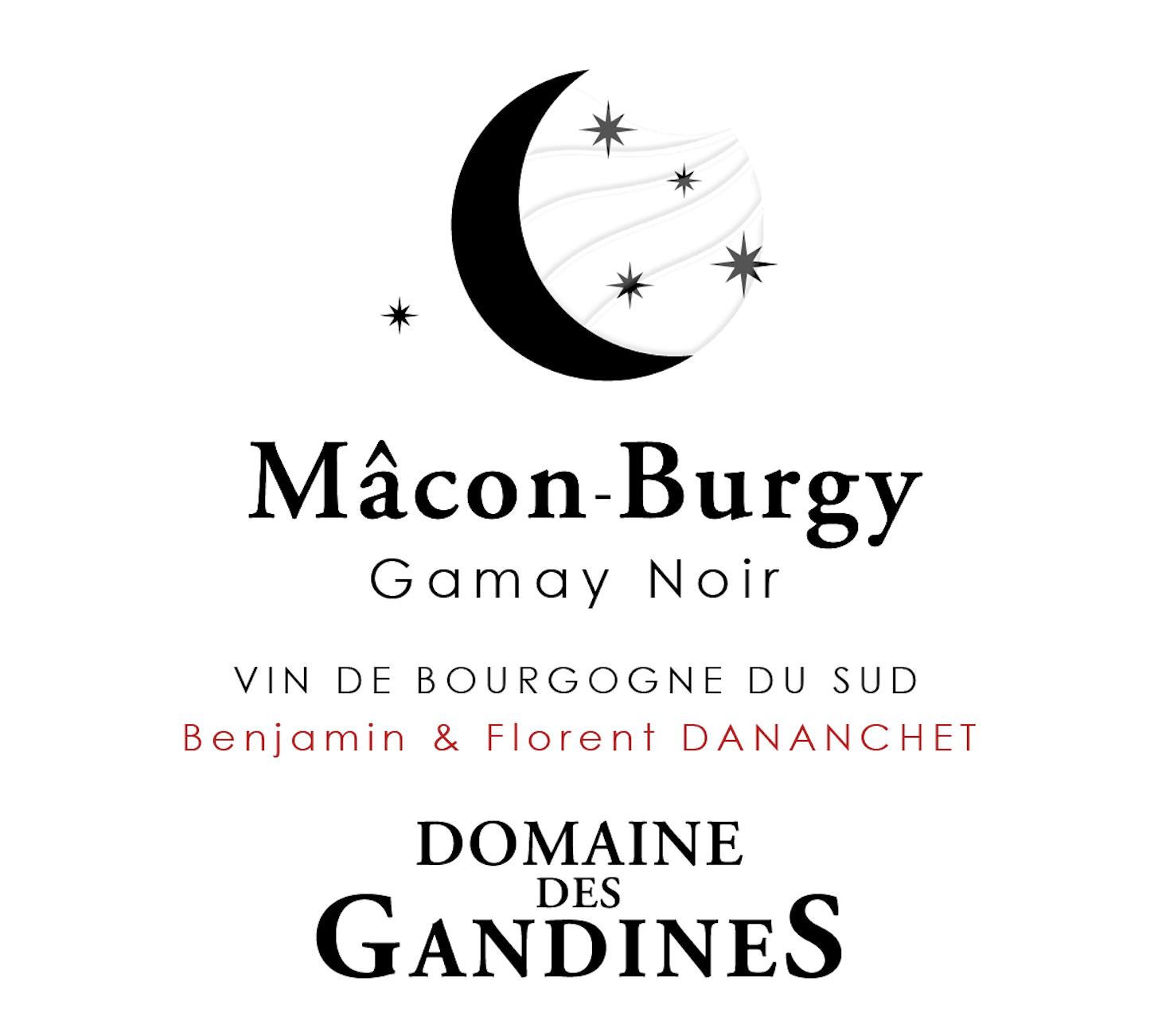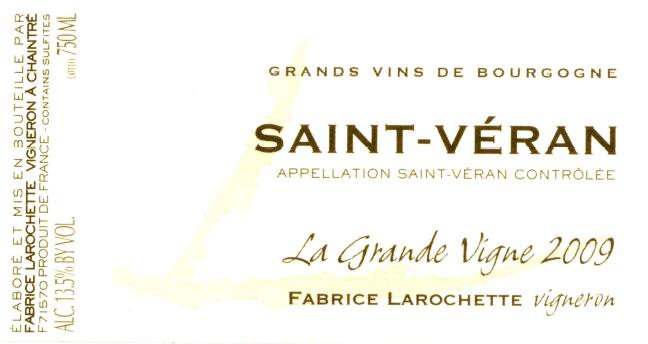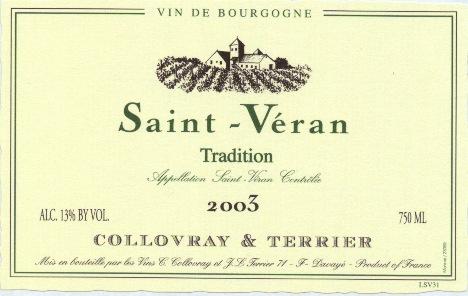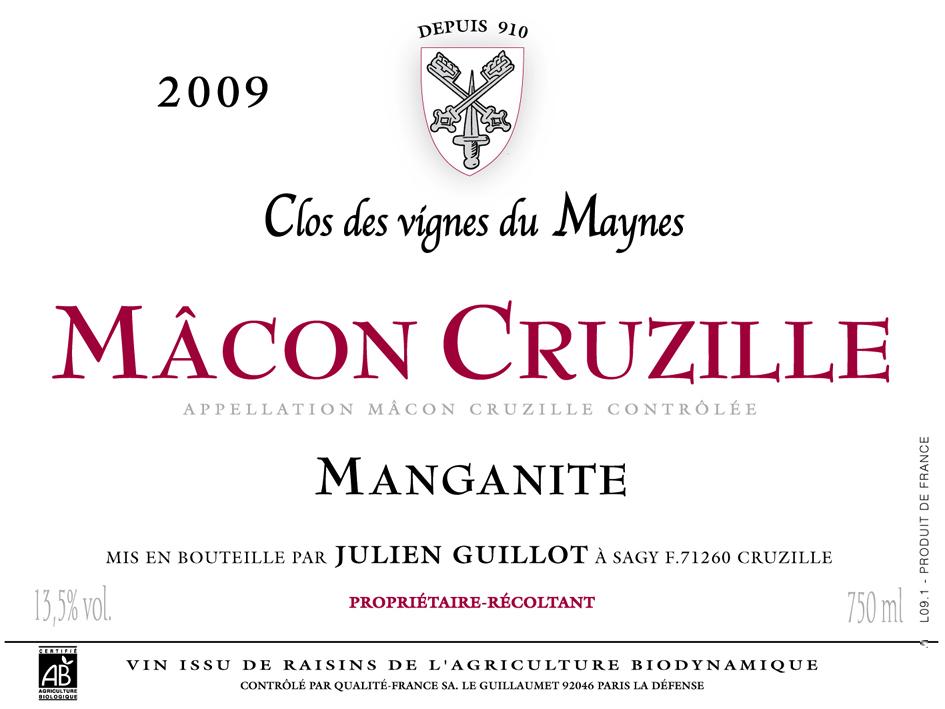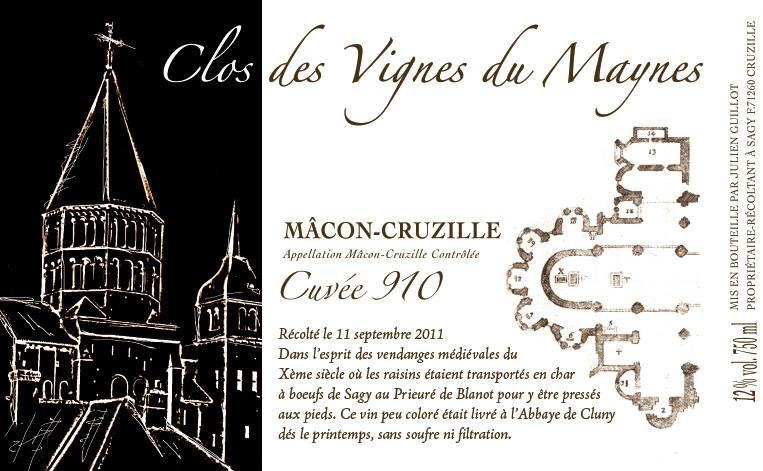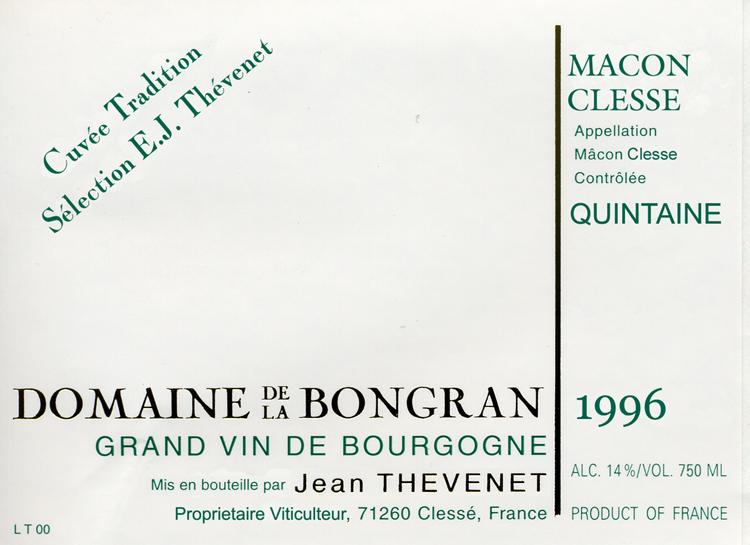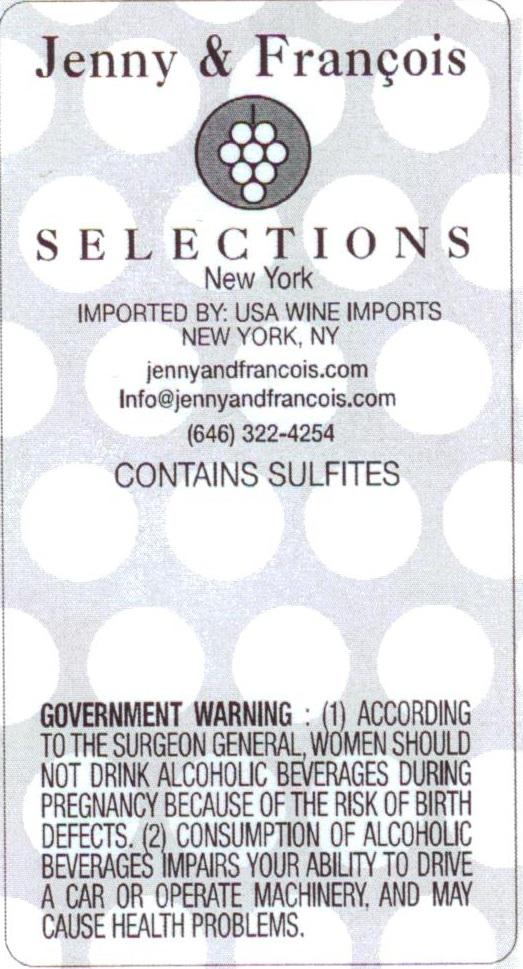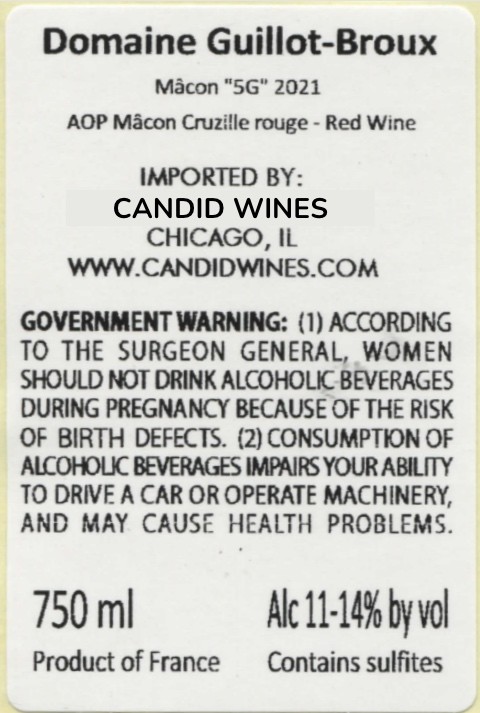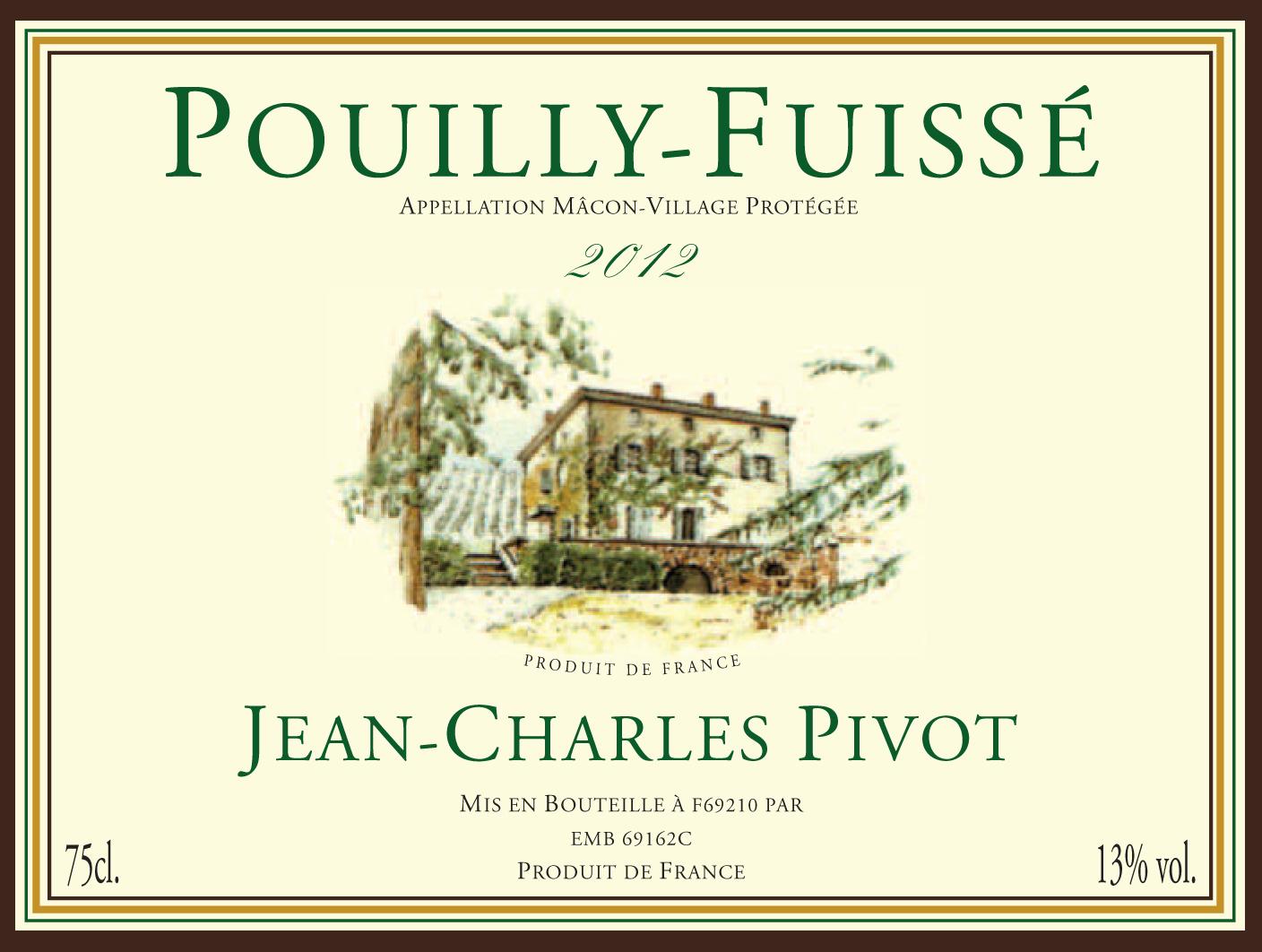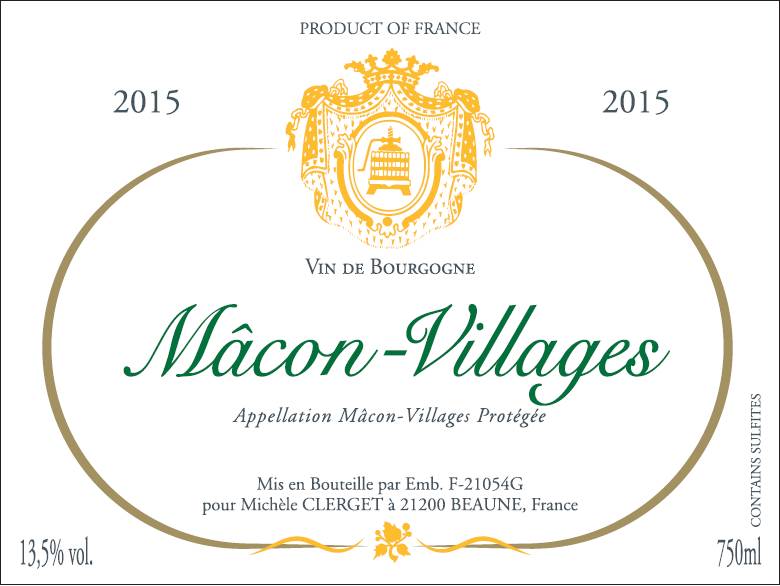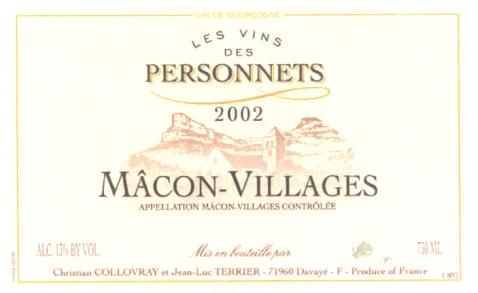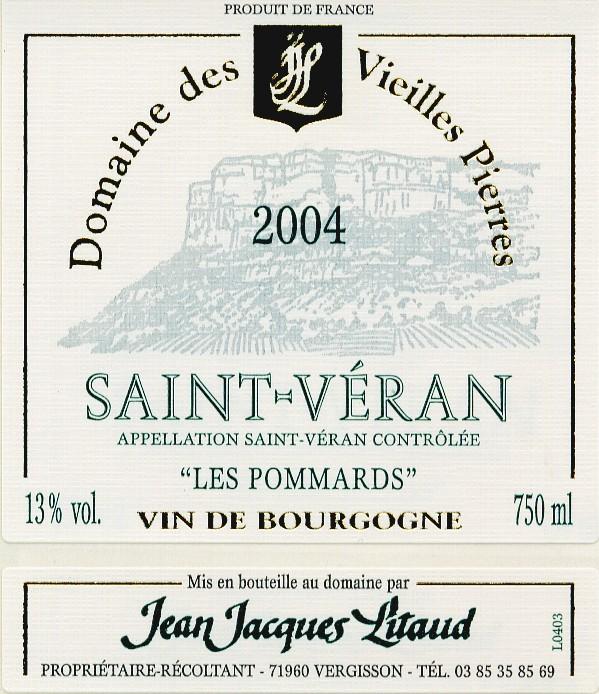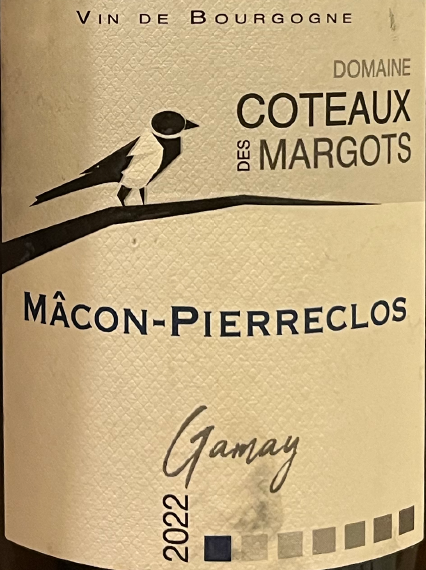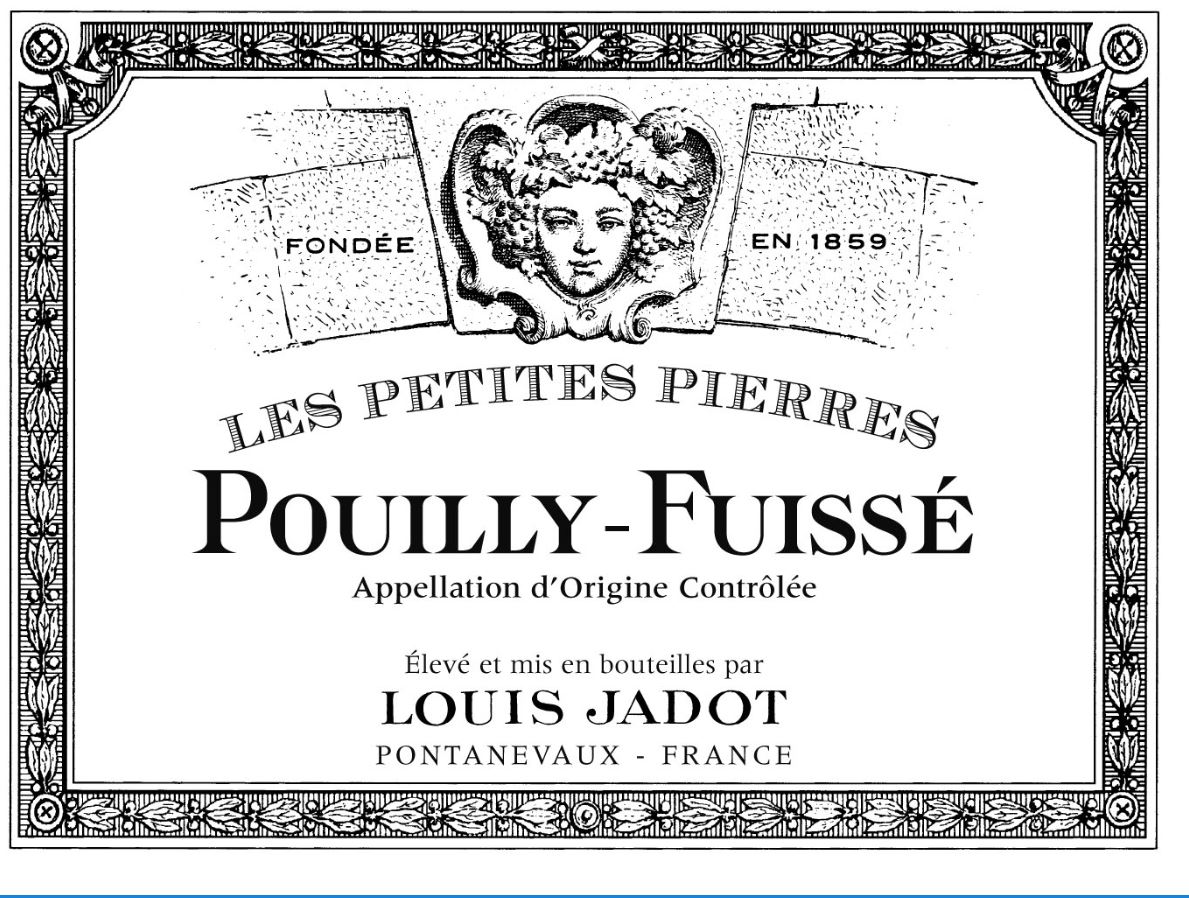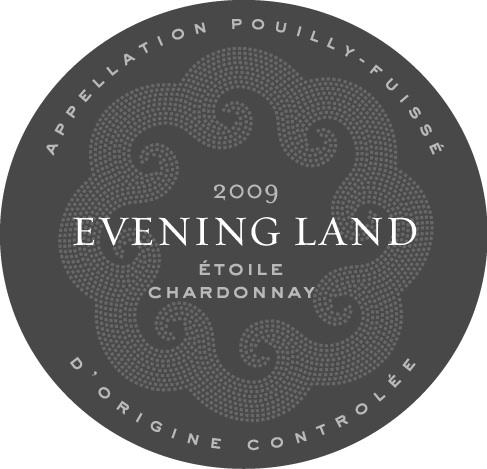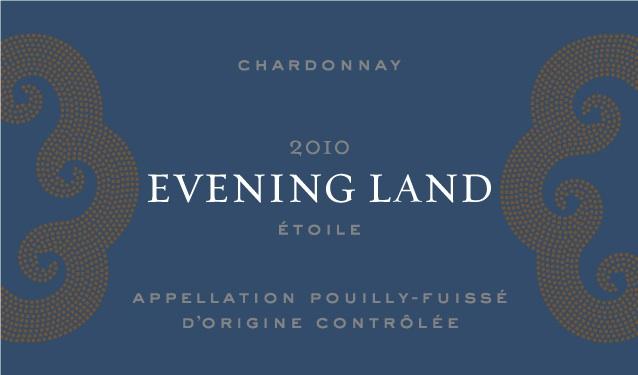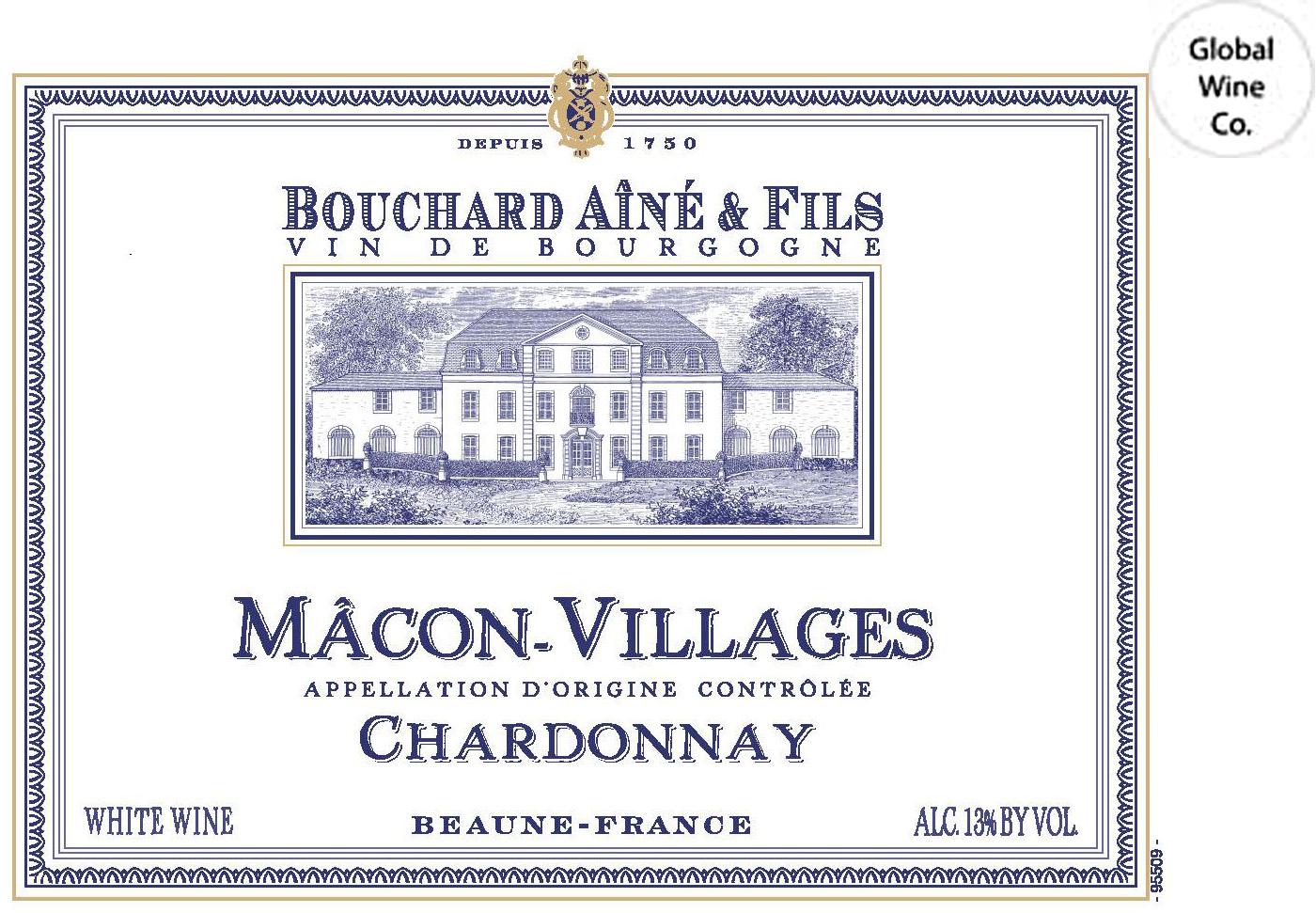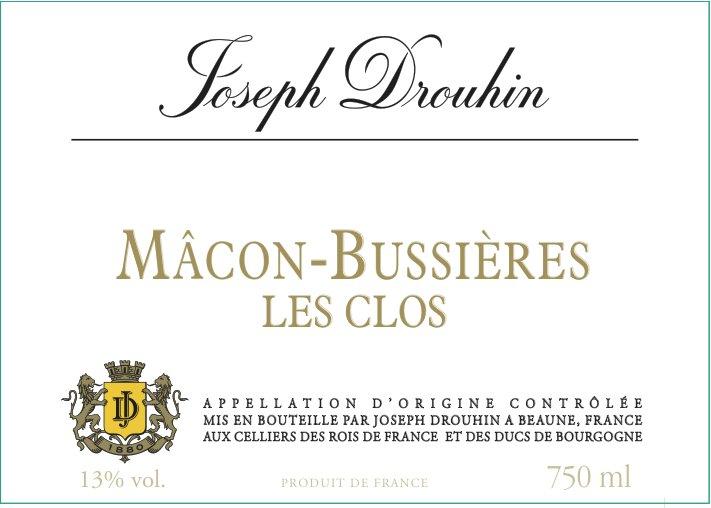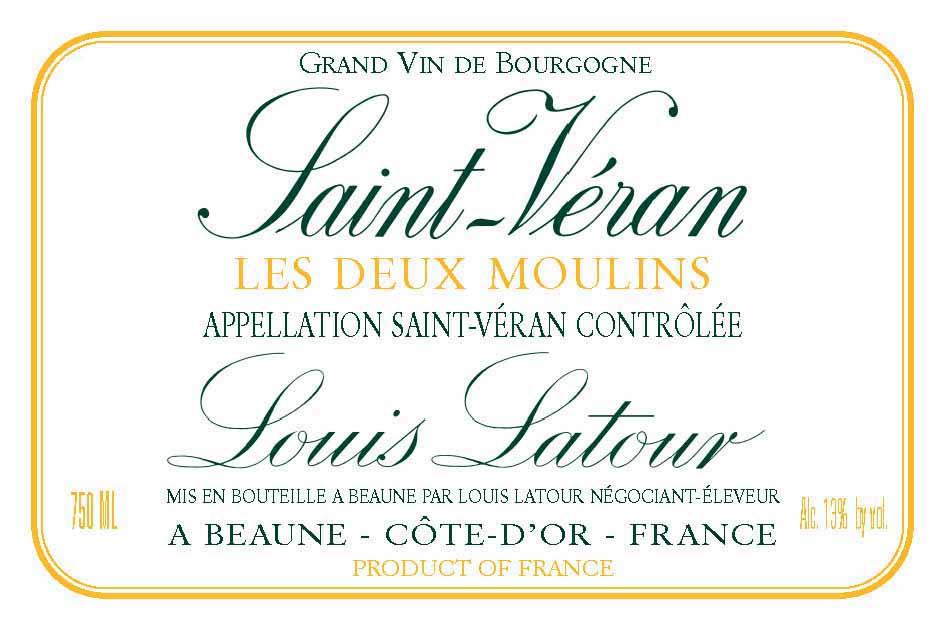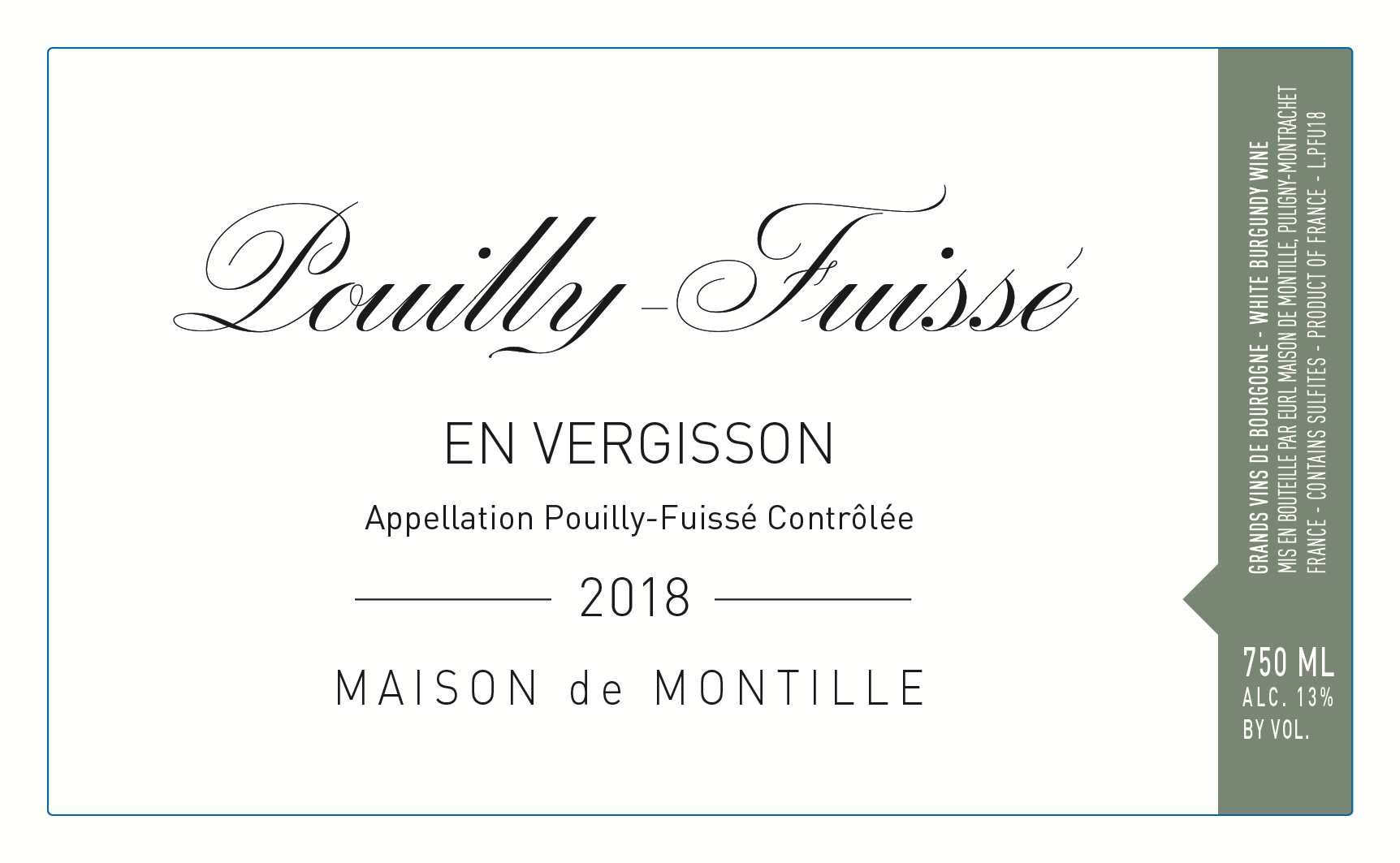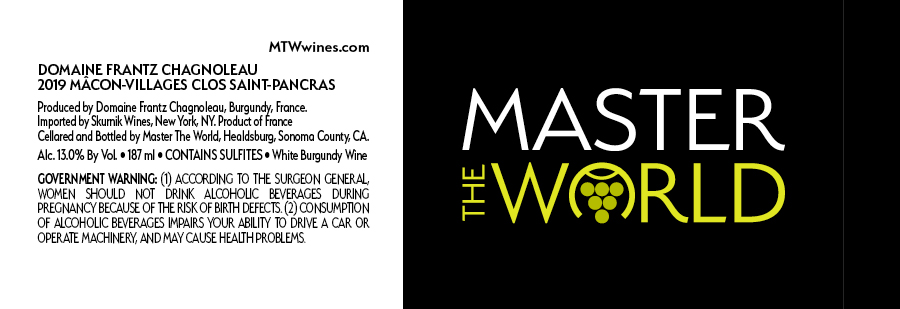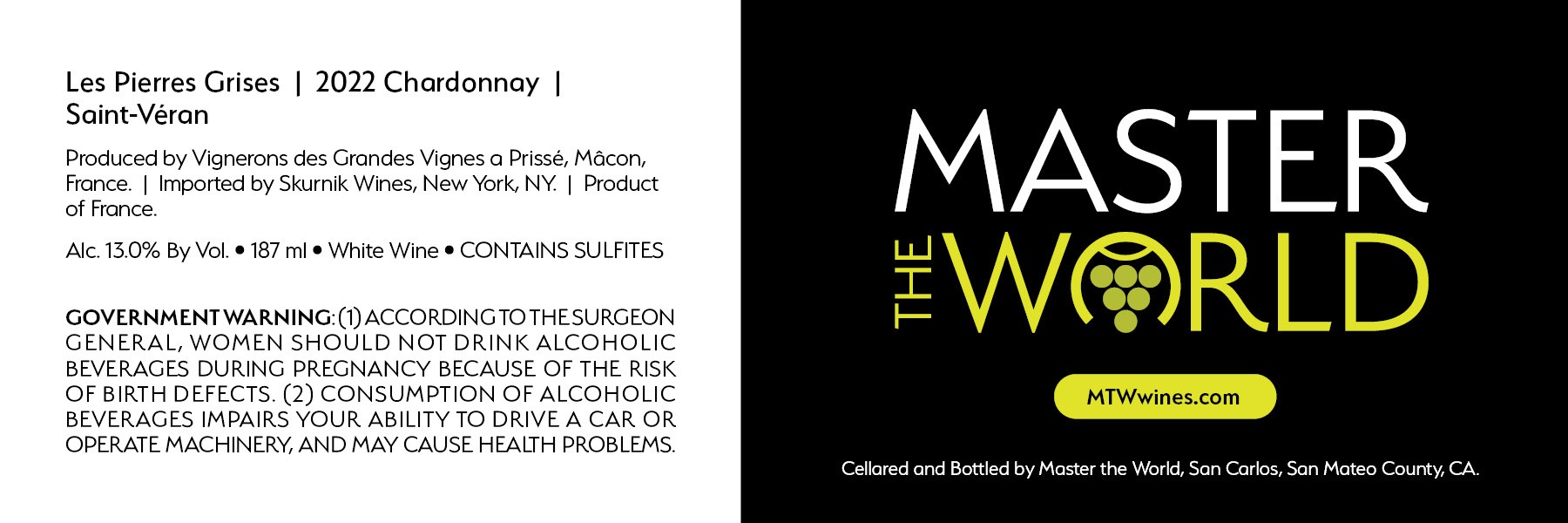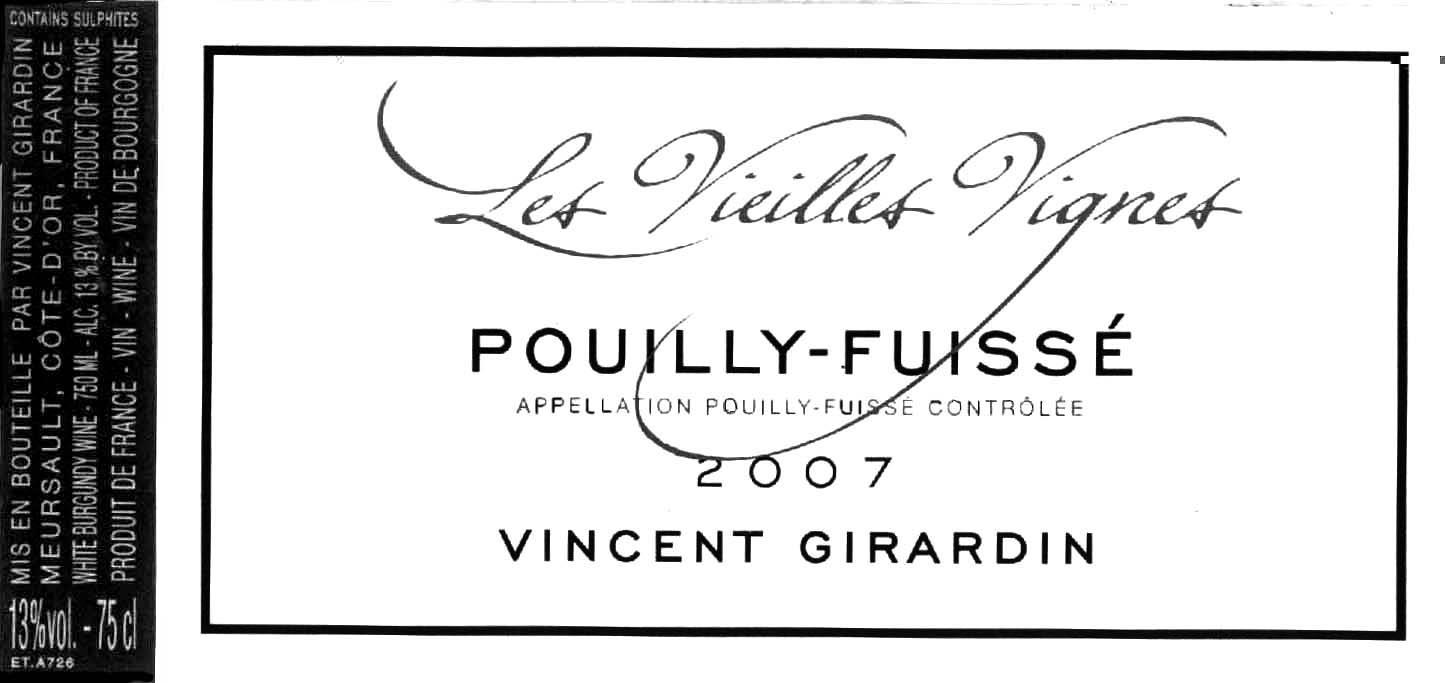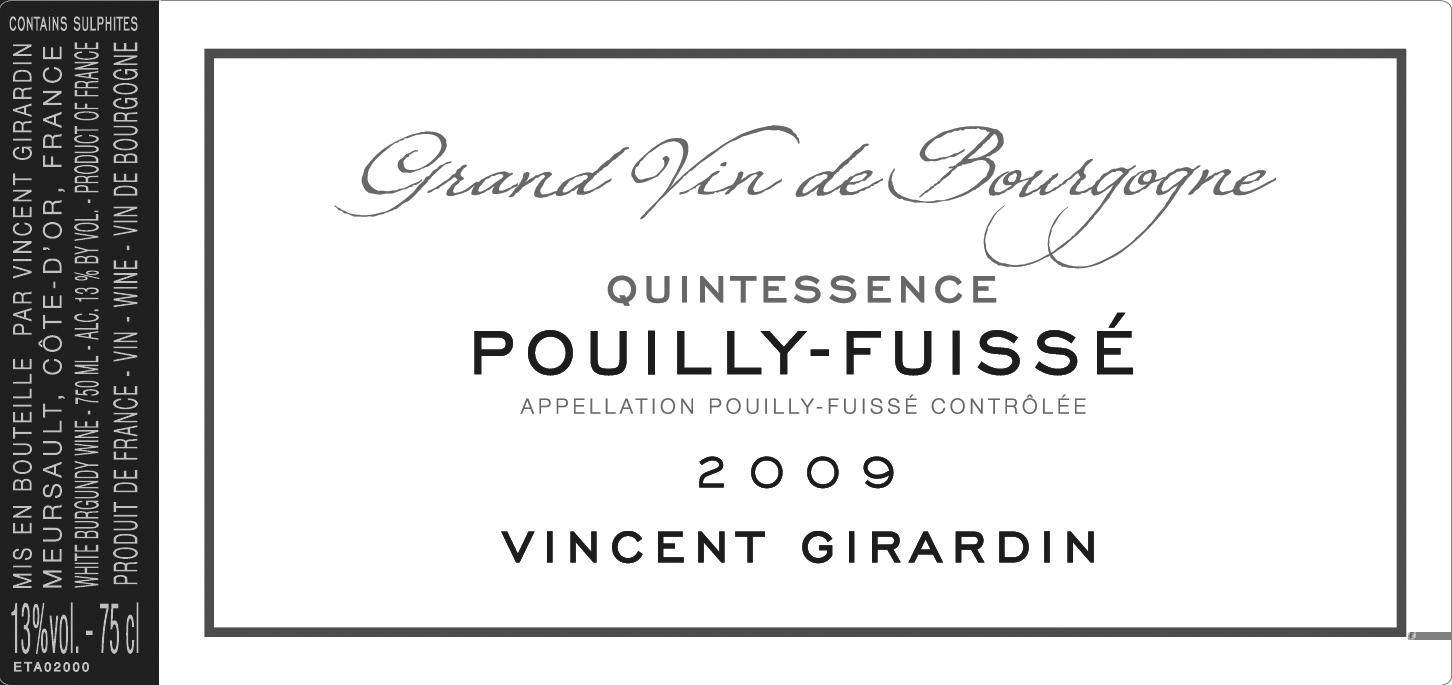Terroir of the Mâconnais
The Mâconnais region benefits from a continental climate with warm, sunny summers, cool nights, and moderate rainfall, which suits its renowned Chardonnay wines. This climate, tempered by the Saône River, allows for gradual grape ripening and retains the grapes' natural acidity. However, year-to-year variations can bring late frosts or heavy summer rain, affecting the harvest.
The diverse soils, predominantly Jurassic limestone topped with clay and marl, are key to the region's wine character. The best vineyards are found on southeast or southwest-facing slopes with thin clay over limestone, perfect for cultivating Chardonnay. In lower areas, deeper alluvial clays and silts offer a broader range of grape varieties. This mix of soils influences the wines' weight, texture, and minerality, contributing to the Mâconnais' signature fresh and concentrated wines.
Notable Wineries in the Mâconnais
The Mâconnais region, with its picturesque landscapes and rich viticultural heritage, is home to several distinguished wineries. Here are a few standouts:
-
Maison Louis Jadot: A historic Burgundy négociant known for its diverse Mâconnais wines, including Mâcon-Villages and Pouilly-Fuissé.
-
Domaine Auvigue: Celebrated for its terroir-driven approach, crafting complex Chardonnays from old vines in Saint-Véran and Pouilly-Fuissé.
-
Maison Jean Loron: One of the oldest producers, offering a wide range from entry-level Mâcon to precise single-vineyard wines.
-
Domaine Cordier: Renowned for pure, mineral-rich Chardonnay in the Viré-Clessé and Pouilly-Fuissé appellations.
-
Château de Fuissé: A Pouilly-Fuissé standard-bearer, famous for village and premier cru wines, noted for their depth and aging potential.
Sustainable Winemaking in the Mâconnais
The Mâconnais region, celebrated for its Chardonnay, is embracing sustainability with vigor. Many vineyards are transitioning to organic and biodynamic practices, enhancing soil health and reducing erosion through the use of cover crops. By cutting back on synthetic fertilizers and pesticides, winemakers are preserving the delicate balance of their vines in the region's varied climate.
Energy and resource conservation are priorities, with solar panels and gravity-flow cellars becoming common. Cooperative efforts to reduce carbon footprints and waste are supported by certification programs like HVE. In the cellar, minimal intervention, such as spontaneous fermentations and limited use of new oak, highlights the unique terroirs of the Mâconnais. This blend of tradition and innovation ensures the region's wines continue to thrive sustainably.
Wine Tourism in the Mâconnais
The Mâconnais region in Burgundy offers a rich wine tourism experience, blending scenic beauty with cultural depth. Visitors can explore picturesque wine routes, connecting charming villages like Vergisson and Solutré, where family-run cellars welcome guests for tastings.
The area is famous for its Chardonnay wines, distinctive for their mineral freshness, crafted from grapes grown on limestone-rich hills. Beyond wine, the region's attractions include iconic natural sites such as the Rock of Solutré and cultural landmarks like the abbey of Cluny.
Outdoor enthusiasts can enjoy cycling along the Saône River or through vineyards, while hot-air balloon rides offer breathtaking views of the landscape. The local gastronomy, featuring delights such as goat cheese and charcuterie, complements the wine experience.
This region, conveniently located near Lyon and Geneva, combines winemaking history, friendly locals, and diverse activities, making it a prime destination for wine enthusiasts.
